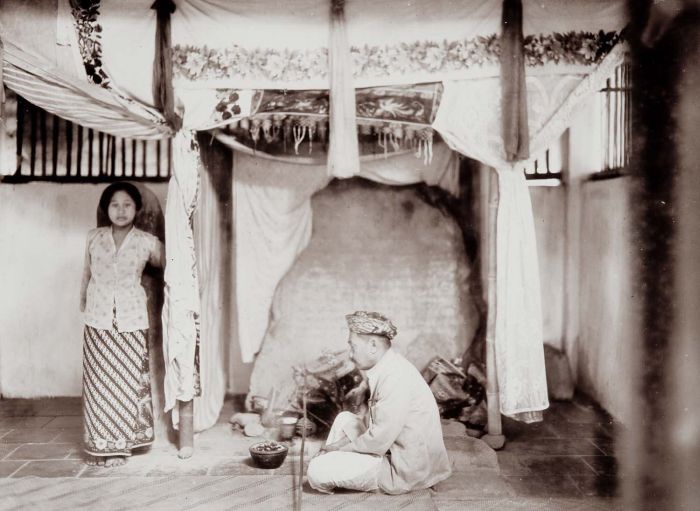Batutulis Inscription on:
[Wikipedia]
[Google]
[Amazon]

 The Batutulis inscription is an ancient
The Batutulis inscription is an ancient

 The Batutulis inscription is an ancient
The Batutulis inscription is an ancient Sunda Kingdom
The Sunda Kingdom ( , ) was a Sundanese people, Sundanese Hindu kingdom located in the western portion of the island of Java from 669 to around 1579, covering the area of present-day Banten, Jakarta, West Java, Lampung, and the western part of ...
inscription dated 1533, located at Batutulis village, South Bogor
Bogor City (), or Bogor (, ), is a landlocked city in the West Java, Indonesia. Located around south of the national capital of Jakarta, Bogor is the 6th largest city in the Jakarta metropolitan area and the 14th overall nationwide.
, West Java
West Java (, ) is an Indonesian Provinces of Indonesia, province on the western part of the island of Java, with its provincial capital in Bandung. West Java is bordered by the province of Banten and the country's capital region of Jakarta to t ...
. Batutulis inscription is located in the ancient site of the capital Pakuan Pajajaran, ''Batutulis'' means 'inscribed stone', it is this stone, still ''in situ'', which gave name to the village. The complex of Batutulis measures 17 x 15 metres. Several other inscribed stones from the Sunda Kingdom are also located in this location. The inscription was written in the Old Sundanese language using the Kawi script
The Kawi script or the Old Javanese script (, ) is a Brahmic script found primarily in Java and used across much of Maritime Southeast Asia between the 8th century and the 16th century.Aditya Bayu Perdana and Ilham Nurwansah 2020Proposal to en ...
The Batutulis inscriptions were created by King Surawisesa to honor and commemorate his late father, the great king Sri Baduga Maharaja (r. 1482 – 1521) or known as Ratu Haji Pakuan Pajajaran Sri Sang Ratu Dewata. Sri Baduga Maharaja is also known in local tradition as King Siliwangi.
Content
Batutulis inscription has been edited and translated by several scholars, such as Friederich (1853), Karel Frederick Holle (1869), Pleyte (1911), Poerbatjaraka (1921) Noorduyn (1957), and Aditia Gunawan and Arlo Griffiths (2021). The following reading is quoted from Aditia Gunawan and Griffiths' edition: # Ø Ø vaṁ(ṅ) a‹m›(p)un· I(n)i sakakala, pr(ə)bu ratu pura:na pun·, ḍivas·tu # ḍyi, viṅaran· prəbu guru ḍe(va)ta p(ra)n· ḍivas·tu ḍyə ḍiṅaran· sri # baduga maharaja, ratu ha(j)i ḍi pakvan· pajajaran· sri sa‹ṁ› ratu ḍe- # vata pun· ya nu ñusuk· na pakvan· ḍyə Anak· rahyi‹ṁ› ḍeva nis·- # kala, sa‹ṁ› siḍa mok(·)ta ḍi gunuṁ tiga, qə‹ñ›cu rahyiṁ (n)is·kala vas·tu # ka‹ñ›ca:na, saṁ siḍa mok·ta ka nusa laraṁ, ya syi nu (ñ)yin· sakaka- # la, gugun(uṅ)an·, (ṅa)balay·,, ñyin· samiḍa, ñyin· saṁ hyi‹ṁ› talaga a-# R̥ na mahavijaya, ya syi pun·,, ØØ I saka, pañca pan·ḍa- # va ṅ(ə)‹m›ban· bumi Ø ØTranslation
The English translation quoted here is by Aditia Gunawan and Arlo Griffiths (2021): Om, pardon ny errors This is the memorial of his majesty the former king, inaugurated here with the name Prabu Guru Déwata, (and also) inaugurated here with the name Sri Baduga Maharaja, king of kings in Pakwan Pajajaran, Sri Sang Ratu Déwata. He is the one who demarcated Pakwan here, (being) the child of Rahyang Dewa Niskala, the one who vanished at Gunung Tiga; the grandchild of Rahyang Niskala Wastu Kancana, the one who vanished to Nusa Larang. He, that one, produced the commemoration monument, artificial hill, cladded twith stone; he produced the ritual ground (samiḍa); he produced the holy Color Lake. Greatly victorious was he! In the year: “the five Pandawas guard the earth” (i.e. in 1455 Śaka).Notes
References
*Saléh Danasasmita. 2003. ''Nyukcruk sajarah Pakuan Pajajaran jeung Prabu Siliwangi''.Bandung
Bandung is the capital city of the West Java province of Indonesia. Located on the island of Java, the city is the List of Indonesian cities by population, fourth-most populous city and fourth largest city in Indonesia after Jakarta, Surabay ...
: Kiblat Buku Utama.
{{DEFAULTSORT:Batutulis Inscription
Inscriptions in Indonesia
Old Sundanese script
16th-century inscriptions
Sunda Kingdom
1533 works
1533 in Asia